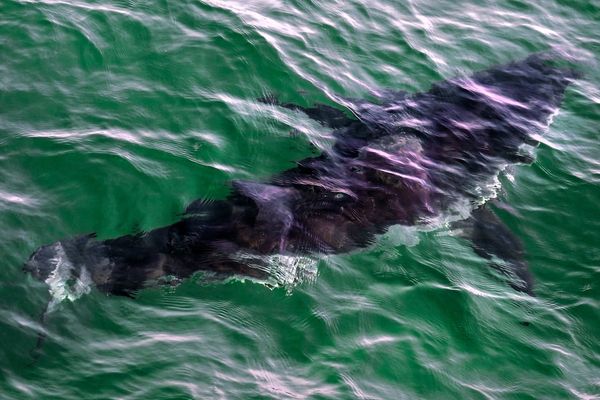The odds of a warm, dry winter and spring in Australia have been shortened, with the Bureau of Meteorology declaring an El Niño "alert".
El Niño, which is linked to reduced rainfall across eastern Australia during winter and spring, is an opposite phase to the flood-prone La Niña which Australia has endured in recent years.
It is a part of the El Niño-Southern Oscillation (ENSO) — one of the strongest and most consequential factors driving Earth's weather.
According to the bureau, nine of the 10 driest winter–spring periods on record for eastern Australia happened during El Niño years, although no event is the same and it does not guarantee that outcome.
The bureau on Tuesday upgraded the chance of El Niño from "watch" to "alert" level, meaning there was a 70 per cent chance of it developing this winter or spring.
This was after Central and eastern Pacific sea surface temperatures (SSTs) warmed to El Niño thresholds.
All models surveyed by the Bureau are forecasting the likelihood of further warming and that sea surface temperatures will remain above El Niño thresholds, at least into the southern hemisphere spring.
The Bureau’s update said some atmospheric indicators such as the Southern Oscillation Index (SOI) have shifted towards El Niño thresholds, but wind, cloud and broad-scale pressure patterns indicate the Pacific Ocean and atmosphere are yet to reinforce each other, as occurs during El Niño events.
The updated odds are still conservative compared to the US chief forecast agency, National Oceanic and Atmospheric Administration, which has the chance of El Niño at 90 per cent.
The administration will release its next update on June 8.
In general, El Niño events last nine months to a year.
How does El Niño work?
Both El Niño and La Niña represent a complex interaction between the atmosphere and the ocean, which changes the way weather systems behave.
During an El Niño phase, waters in the central and eastern part of the tropical Pacific become unusually warm.
This weakens the trade winds, which blow relentlessly from east to west over the Pacific, setting up a self-reinforcing cycle.
The strength of the trade winds and location of warm water is a crucial part of the day-to-day weather systems.
Moisture-laden clouds, fuelled by the rising air over warm oceans in the eastern pacific, become a source of rain for weather systems over parts of South America.
Meanwhile, Australia misses out.
Instead, the eastern side of the continent is surrounded by cooler-than-normal waters and changes in wind patterns which lead to less rainfall.
Impacts for Australia
The impacts are most significant across the eastern half of Australia and Top End, which tend to experience significantly reduced rainfall during El Niño years.
Most of southern Australia tends to experience warmer-than-average temperatures, particularly in the second half of the year.
The chance of individual days of extreme heat are also increased, as is the fire danger and frost risk.
Prolonged warm spells are reduced for south coastal areas such as Adelaide and Melbourne, as is snow, the number of tropical cyclones and there tends to be a late onset of the monsoon, according to the bureau.
El Niño not the only drought-linked driver at play
This year the dry weather could be exacerbated by another drought-linked climate driver, the Indian Ocean Dipole (IOD), which looks likely to enter a "positive" phase.
Much like ENSO, the Indian Ocean Dipole is linked to ocean conditions. But, as the name suggests, it is related to ocean conditions in the tropical Indian Ocean, rather than the Pacific.
The Bureau's climate update said all models suggested positive Indian Ocean Dipole event thresholds may be reached in winter
“A positive IOD typically suppresses winter and spring rainfall over much of Australia, and if it coincides with El Niño, it can exacerbate El Niño's drying effect,” the update said.
“Long-range forecasts of IOD made at this time of the year have generally had low accuracy and thus should be viewed with caution beyond June.”
The two climate drivers have been key to the winter outlook, which paints a parched picture of virtually all of Australia.
But all El Niño' and IOD events are different and not all lead to drought.







